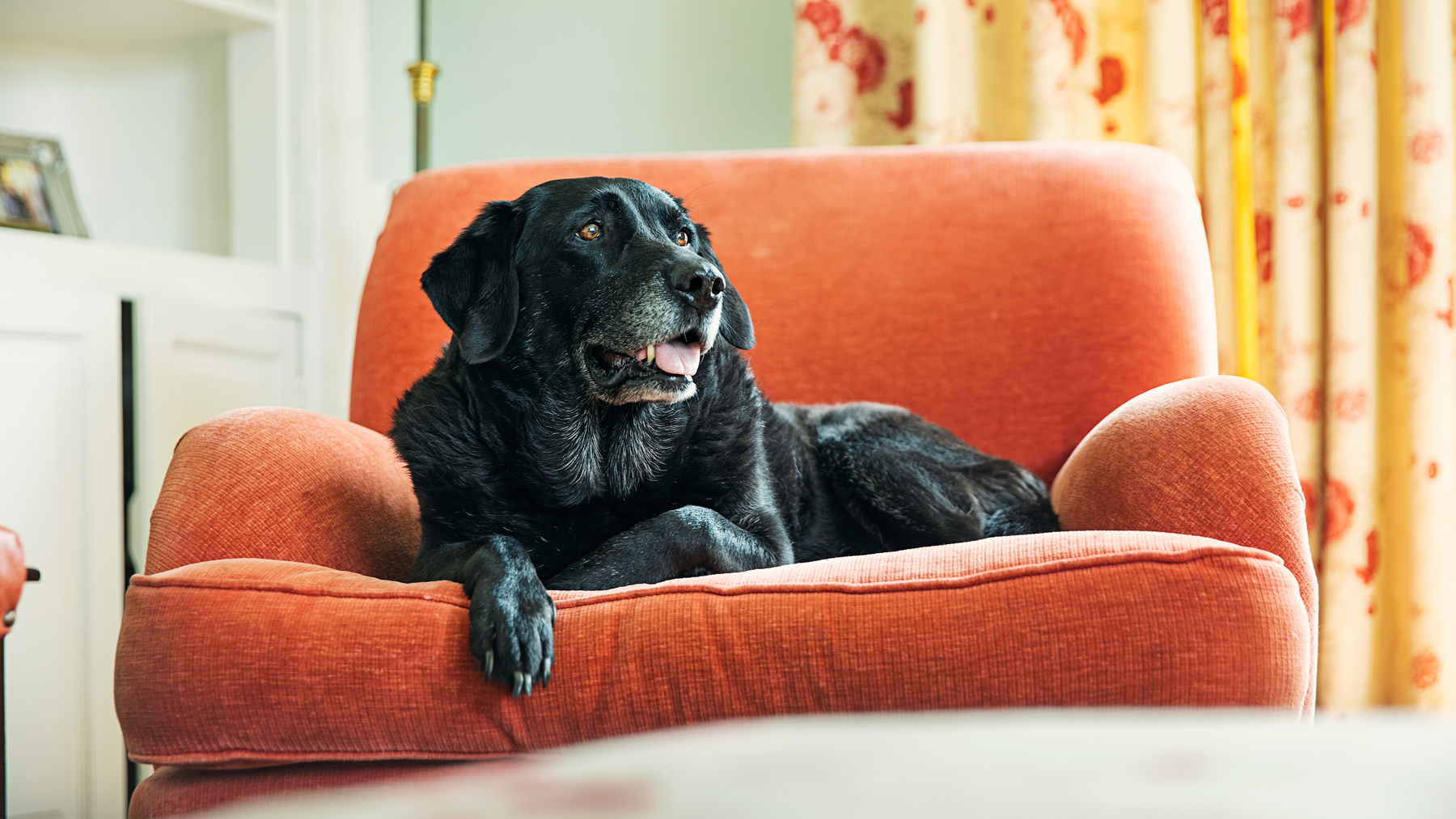Trainer reveals six tips for a better behaved dog — and it all comes down to structure
Get the best out of your dog with these trainer-approved tips that will help your dog feel calm and settled

Are you struggling with your dog’s challenging behaviors? If so, you’re not alone. Although we all want to shower our canine companions with lots of love and affection, dogs crave leadership, and clear boundaries are so important when it comes to encouraging good behavior.
Whether you’re searching for how to stop a dog from jumping up or you’re at your wits end trying to figure out how to calm a reactive dog, expert trainer Andrea Isabell says the most important thing your pup needs is structure.
“If you’re struggling with your dog's behaviors, adding in structure is a perfect starting point,” Isabell explains. “It’s never too late to start! Structure is a great way to provide clarity and leadership to your dog. It doesn’t leave them guessing, and builds in a nice routine so everyone is happier at the end of the day.”
To help you create the structure your fur friend needs to thrive, Isabell has shared a handy post to Instagram with her top tips for creating a solid daily routine. You can check out the post below or keep reading for a summary of everything you need to know…
A post shared by Andrea Isabell (@canyonscaninetraining)
A photo posted by on
1. Scheduled meals: “It’s more about having a routine for your dog and building value in the ritual of meal time. Dog’s inherently are programmed to ‘work’ for their meals. Take a handful of their food and spend a few minutes to build engagement through hand feeding or playing a treat chase game, working in obedience positions to strengthen the relationship you have. Feed them the remainder of their meal in their crate.”
2. Structured play: “Don’t overlook the value of play with your dog!,” Isabelle stresses. “Adding some brain work through focus and impulse control will get more out of the game, tiring your dog in a deeper way than just mindlessly lobbing the Chuck it toy. Having a clear start to the game, like ‘ready’, and an end, like ‘enough’, builds in a clear picture of when it’s playtime and when the game is over.”
3. The crate: “The crate is more than a tool for potty training puppies or holding your dog in one place at night. Using the kennel for proactive down time during the day has so many benefits! Even when you’re home, giving your dog a few hours of rest can help prevent separation stress, help them with their off switch, as well as keep them from developing unwanted habits.”
Get the best advice, tips and top tech for your beloved Pets
4. Threshold manners: “I love to look at threshold manners as a way for our dog to connect with us before entering into an exciting space or being offered freedom,” explains Isabelle. “Dogs understand that, within their pack, they need permission for certain things. Offering eye contact is like the password to gain access to the good stuff. Before coming out of the kennel, going through the door for a walk, or being released for free play in the backyard, your dog should start by acknowledging you before you provide this for them.”
5. Structured walks: “The walk is a great time to build your relationship with your dog. How relevant are you to them? Do they check in with you? Teaching a heel as well as a clear release from the heel is a wonderful way to connect with your dog, as well as reward them with freedom where they can find their own enrichment and fun. Both are very important! Start by teaching your dog to walk on a loose leash. Change your pace and direction often so they are in tune and connected to you, the pack. When you have that, swap to a long line and offer some freedom to them in appropriate spaces.”
6. Place command: “Giving your dog a target to hang out on is a great tool for providing emotional regulation and relaxation,” Isabelle says. “Dogs that struggle with finding their off switch can benefit from supervised down time on Place. It’s also a great tool for dogs that are a little nervous, giving them a safe space to hang out. Try adding this skill in your dog’s daily routine after you return from a walk, while you cook dinner, or while you watch a movie.”
For more great canine content, check out our guide to three of the most common loose leash walking mistakes and how to fix them.

Kathryn is a freelance writer who has been a member of the PetsRadar family since it launched in 2020. Highly experienced in her field, she's driven by a desire to provide pet parents with accurate, timely, and informative content that enables them to provide their fur friends with everything they need to thrive.
Kathryn works closely with vets and trainers to ensure all articles offer the most up-to-date information across a range of pet-related fields, from insights into health and behavior issues to tips on products and training.
When she’s not busy crafting the perfect sentence for her features, buying guides and news pieces, she can be found hanging out with her family (which includes one super sassy cat and a kitten), drinking copious amounts of Jasmine tea and reading all the books.
She has written for a range of publications, including Fit&Well, Top Ten Reviews, LiveScience, Goodto, and Product Hunt.
